
How Jackie Joyner-Kersee Became One of the Best Athletes of All Time and What She’s Doing Now
As generous as she is successful, Jackie Joyner-Kersee, track and field legend and member of the adidas Supervisory Board, talks about going from the slowest to the fastest runner, how her opponents helped her win, and the origins of her dreams.

Not only did Jackie Joyner-Kersee win six Olympic medals – including three golds – she also holds a world record. The heptathlon record she set in the 1988 Olympics has not yet been beat. She has received plentiful accolades that rank her as one of the best athletes of all time.
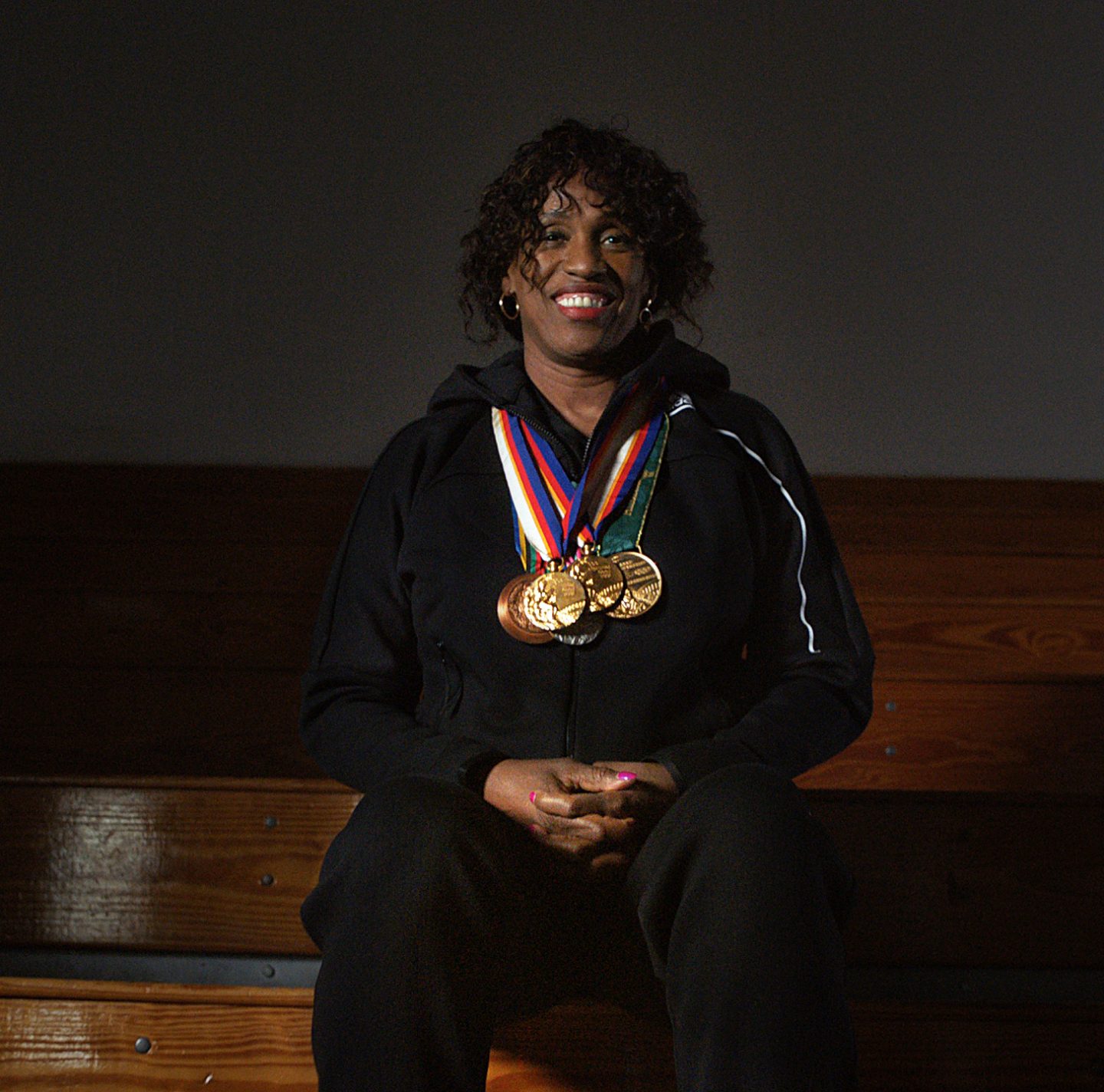
Her path to the top is simultaneously extraordinary and transferrable. She was generous enough to share some key elements of her inspiring career in a talk she recently gave to adidas employees.
Creating a vision
 Evelyn Ashford ©Tony Duffy / Getty images
Evelyn Ashford ©Tony Duffy / Getty imagesJackie’s athletic aspirations took shape when she was 14 and her coach told her to watch the Olympics on television.
“I hadn’t seen women who look like me doing what I was trying to do. Evelyn Ashford was competing in cornrows – I saw female athletes I admired.” Jackie says this expanded her sense of what was possible for her.
Besides awakening the dream of competing in the Olympics, watching the athletes on television also set Jackie’s mind on attending college. “At that time, the athletes’ universities would be indicated,” she said.
"Seeing women who were both college students and athletic stars awakened in me the desire to set goals and see if the impossible could be probable."
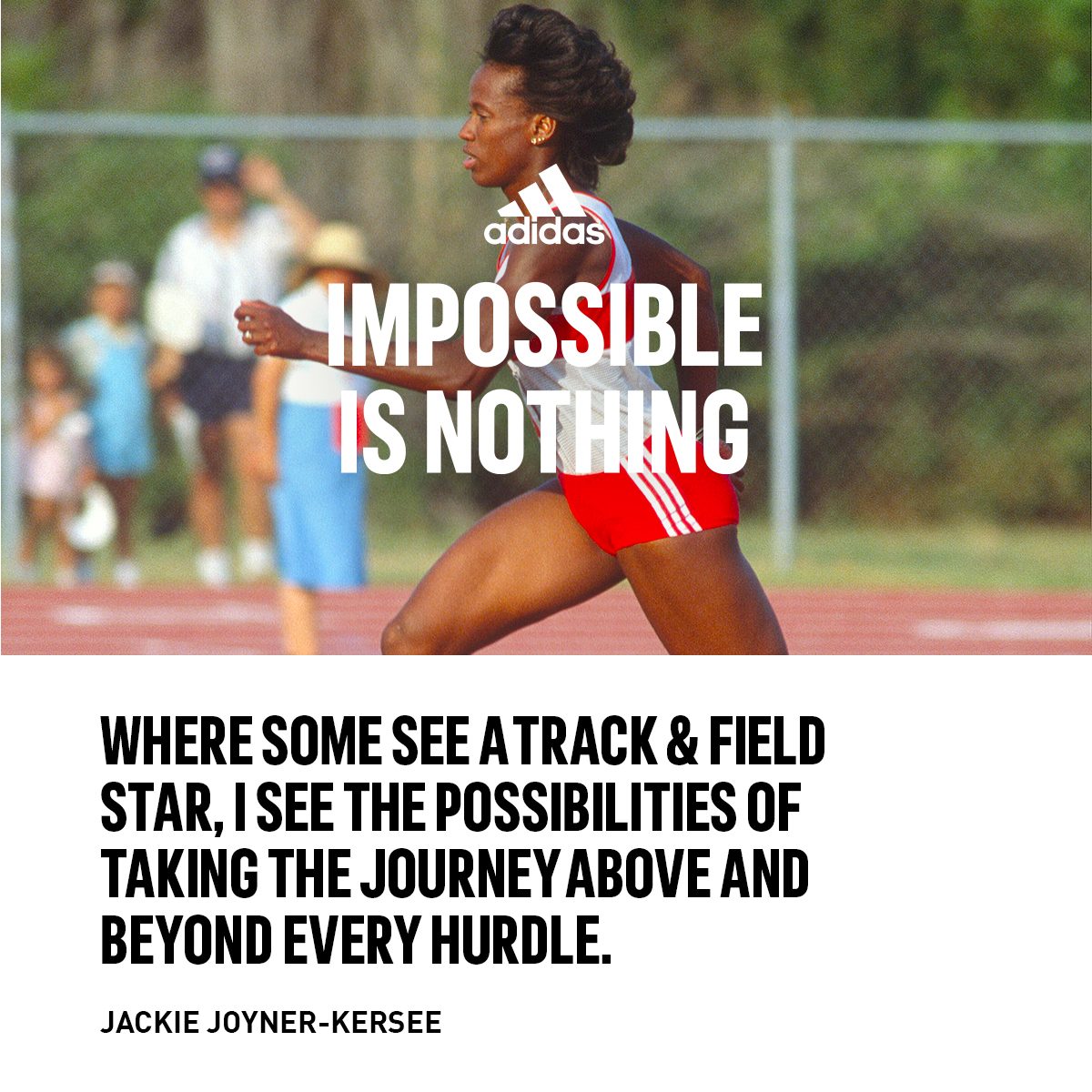
At that point, Jackie learned the value of setting specific, incremental objectives in her quest to be the best athlete she could be. For instance, she said, “I set out to improve 1/10 of a second in running or half of an inch when jumping. These targets got me from pulling in last to coming in first.”
Doing the work
Jackie has always gotten a lot out of athletic pursuits, even when she was 9 and finished last in her first running competition. She credits sports as being a great teacher. “Sports allow you to learn so much about yourself. About hard work, character, integrity, and the discipline it takes to not be the best, but the best version of yourself.”
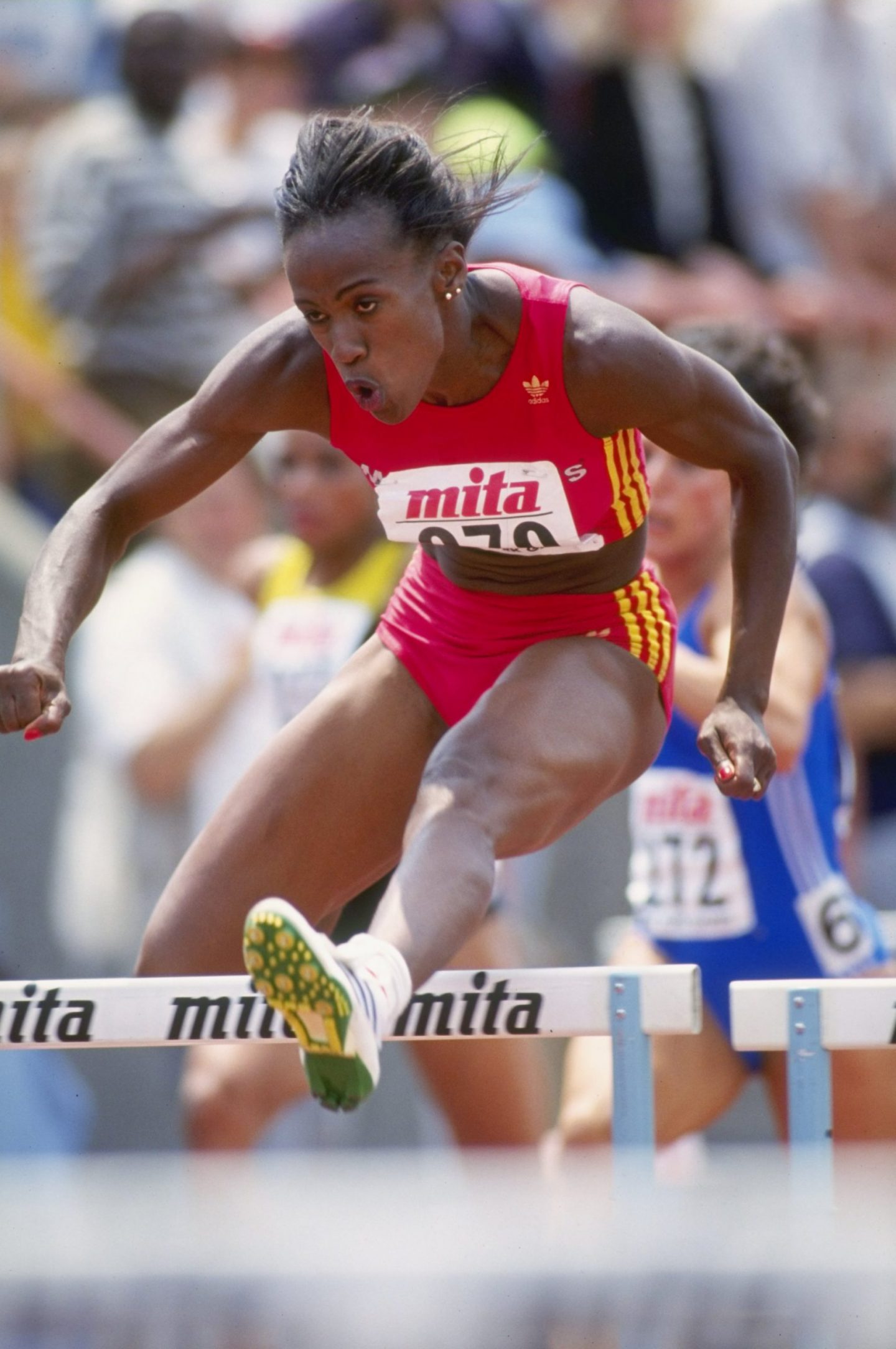 Jackie exercised exceptional discipline, driven by the pleasure of seeing her own progress. ©Mike Powell / Getty images
Jackie exercised exceptional discipline, driven by the pleasure of seeing her own progress. ©Mike Powell / Getty images
Though she recognizes she had some natural athletic ability – her father was a sprint hurdler in high school – Jackie emphasizes the importance of hard work. “If you’re going to be in the game, you have to work hard every day,” she said.
"You have to train as if you don’t have talent. There are always things you could work on. And those are the things that separate the best athletes from the OK ones."
Being coachable
While talent and hard work are essential components in the pursuit of greatness, coaching can be instrumental in helping us reach our full potential. Coaches are able to pinpoint our strengths and how best to exploit them. In other words, “That’s where coaching comes in – identifying your weaknesses and what to do about them so the other talents don’t catch up to you,” Jackie said. “Becoming your best involves being vulnerable. It means being open and asking for help.”
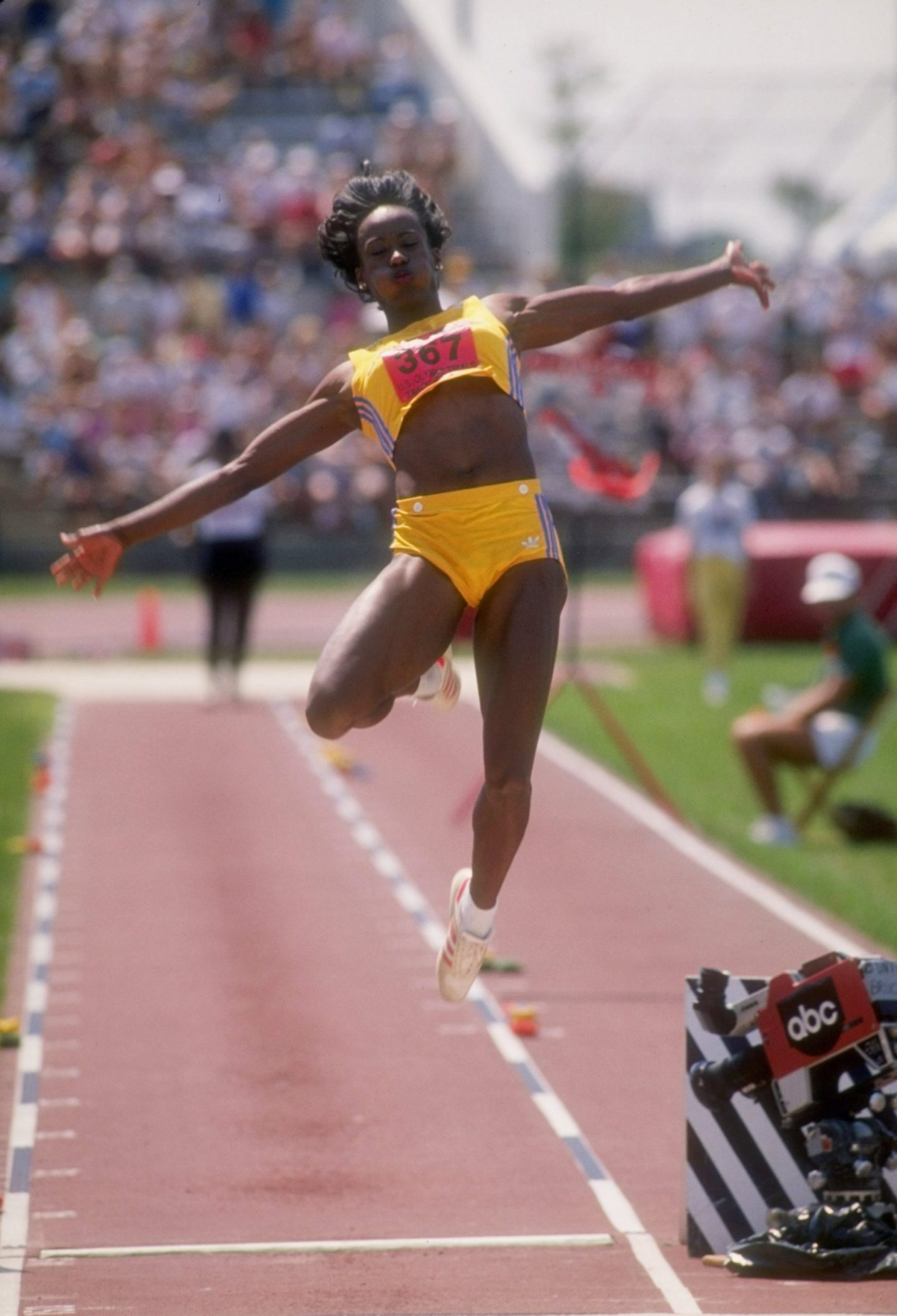 Coaches can see what we cannot and spur us to be our best possible selves. ©staff / Getty images
Coaches can see what we cannot and spur us to be our best possible selves. ©staff / Getty images
Coaches are also useful when we lose perspective or become impatient. “A lot of times you want to rush things, but you have to allow everything to run its course,” Jackie said. “Sometimes we have to believe in our coaches and get out of our own way. You’ll start seeing the progress as long as you trust the process.”
Part of discipline is learning not to take it personally when you are nudged to push harder or go farther, Jackie points out. “If your mind and heart are open to constructive criticism, you can continue to become better.”
Building teams
The importance of community is a recurring theme in the stories of the best athletes, including Jackie. She identifies her close and loving family as having offered her a solid foundation. As an athlete, she frames the community of competitors as a collaborative endeavor.
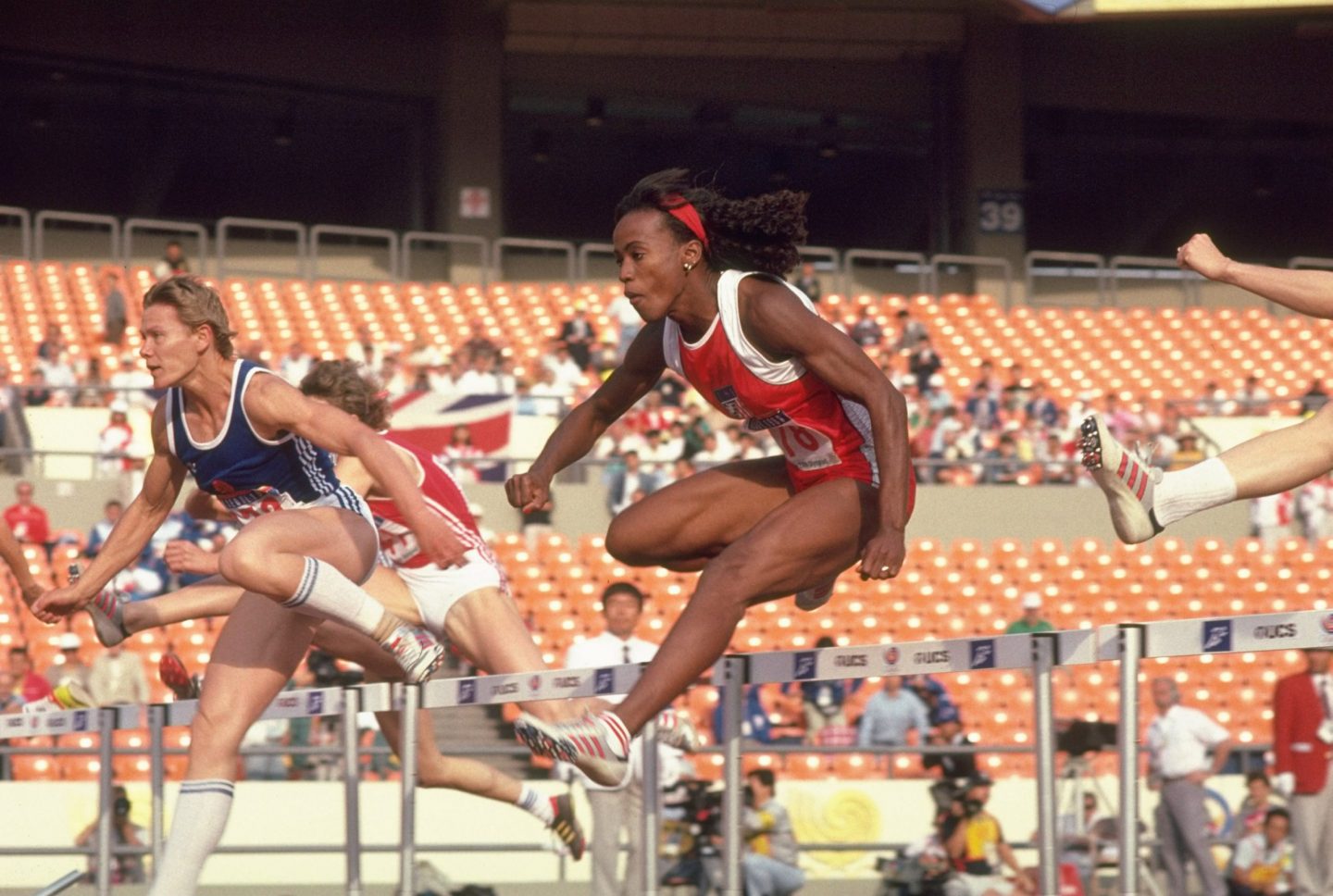 Our opponents can be powerful sources of inspiration. ©Tony Duffy / Getty images
Our opponents can be powerful sources of inspiration. ©Tony Duffy / Getty images
"A lot of people see track and field as an individual sport, but it’s not. Those training against you help you excel. They motivate and push you to reach your goals. They’re your team."
Additionally, the opening of a community center in her neighborhood when she was a child had a major impact on Jackie. It’s where she encountered her first in-person, athletic role models – her first dance teacher who complimented her strong legs. This comment helped her see her long legs as an asset instead of something to be self-conscious of.
 World-famous dancer and choreographer, Katherine Dunham, was one of Jackie’s first personal role models. ©Hulton Archive / Getty Images
World-famous dancer and choreographer, Katherine Dunham, was one of Jackie’s first personal role models. ©Hulton Archive / Getty ImagesShe also became acquainted with Katherine Dunham, a world-renowned dancer and choreographer, who lived in the same city as Jackie. When Katherine was in town, she visited Jackie’s dance classes and shared her expertise on the art of dance. Encounters like this heightened Jackie’s sense of possibilities beyond East St. Louis, Illinois.
The Mary E. Brown Community Center was a place where people shared their time and knowledge with Jackie. It offered her a second home, she said. “At the community center people poured love into me and lifted my spirits.”
Giving back
It was when the community center in her childhood neighborhood shut down that Jackie decided she wanted to start her own. “I just started thinking, where do the young people go? From that point on I knew I wanted to either reopen that center or open my own.” That was in 1981, when Jackie was only a freshman in college. But she kept the dream alive for the next 15 years.
In 1996, land for the Jackie Joyner-Kersee (JJK) Community Center was acquired and construction began. In 2000, the center opened and ever since, it has been offering a wide array of services to students in the area.
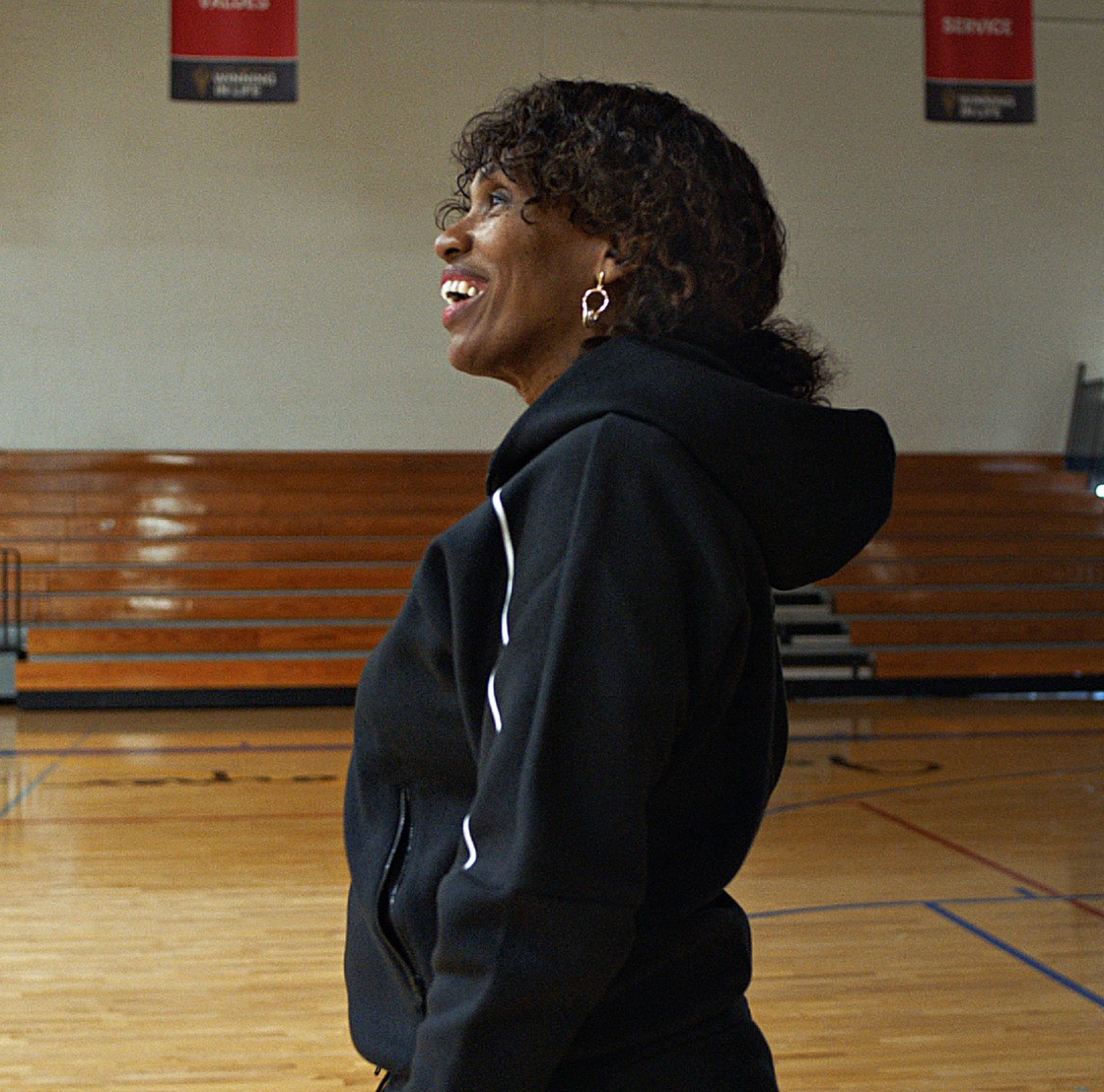 These days Jackie serves as CEO of her foundation, which includes running a community center.
These days Jackie serves as CEO of her foundation, which includes running a community center.
As Jackie explains it, “We pick our students up from school. They come into the JJK Center, get a meal, and participate in our enrichment programs, including STEM and agriculture. We also have a signature program based on 14 principles developed from my autobiography, such as character, leadership, and social responsibility. Our aim is to make sure each and every one of our students is set up to win in life.”
Starting the Center was something Jackie says she knew in her heart she had to do. “I am who I am by the grace of so many people who saw potential in me. At the JJK Community Center, we are extending similar support to younger generations. I’m hopeful that they will also choose to give back. I want them all to have a sense ownership in this place we share because it takes all of us if we’re going to make a difference.”
"I am who I am by the grace of so many people who saw potential in me. At the JJK Community Center, we are extending similar support to younger generations."
To learn more about how Jackie became one of the best athletes, A Kind of Grace: The Autobiography of the World’s Greatest Female Athlete, is a riveting and inspiring read. More information about the Jackie Joyner-Kersee Foundation is available on their website.




